Table of Contents
As artificial intelligence (AI) continues to transform industries and revolutionize technology, concerns about its environmental impact, particularly its energy consumption, have come to the forefront. AI models, especially large-scale systems like deep learning networks, require significant computational power, leading to high energy usage and carbon emissions. With the increasing reliance on AI in everything from healthcare to finance and entertainment, it’s crucial to address how this technology can evolve sustainably.
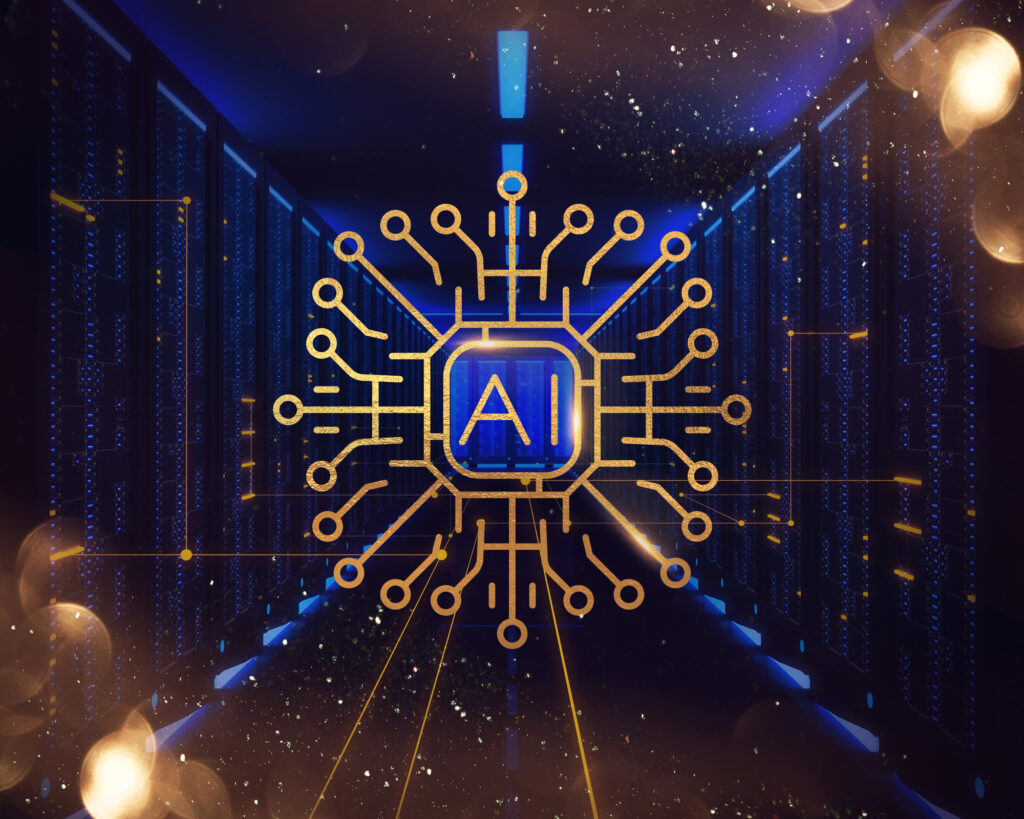
The industry is now exploring ways to reduce the carbon footprint of AI development and implementation, with innovations in energy-efficient hardware, green data centers, and smarter algorithms. This shift toward sustainability aims to ensure that AI remains a tool for progress without compromising environmental responsibility.
The AI Woodstock at Nvidia’s GTC on AI’s Energy Consumption
The biggest event in the AI world this week is Nvidia’s GTC developer conference in San Jose, California. Dubbed as the “AI Woodstock” by a Wall Street analyst, this conference has gathered heavy-hitters from Nvidia, OpenAI, xAI, Meta, Google, and Microsoft, alongside executives from major companies such as L’Oréal, Lowe’s, Shell, and Verizon, all looking to delve deeper into AI implementation.
Nvidia’s Next-Gen GPU: Blackwell
At GTC, Nvidia CEO Jensen Huang unveiled the company’s newest graphics processing unit (GPU), the Blackwell, boasting an impressive 208 billion transistors, surpassing its predecessor, the H100 GPU, by a significant margin. With twice the speed in training AI models and five times faster inference, the Blackwell GPU promises enhanced performance for AI tasks. Additionally, Nvidia introduced the GB200 “superchip,” coupling two Blackwell GPUs with its Grace CPU, offering even more power for data centers.
Energy Efficiency Takes Center Stage
What’s notable about the Blackwell GPU is its energy efficiency, a departure from the conventional emphasis solely on raw performance. Huang highlighted how the Blackwell GPU consumes far less power during training compared to its predecessors. Nvidia’s shift towards promoting energy efficiency reflects growing concerns about the monetary cost and carbon footprint of AI.
The Growing Concern: Cost and Carbon Footprint
As AI usage expands, so do concerns about its environmental impact. The cost of running AI on GPUs includes not only the chip expenses but also the significant energy required, posing challenges for companies aiming for sustainability. Nvidia’s focus on power consumption underscores the urgency to address these concerns.
Renewable Energy and Hyperscalers
While data centers, where most AI computations occur, are increasingly powered by renewable energy, concerns remain, particularly in regions with limited renewable resources. The presence of cloud hyperscalers has driven investment in renewable energy, contributing to a more sustainable energy landscape.
The Human Brain vs. AI: A Contrasting Energy Profile
When comparing the energy consumption of AI systems to the human brain, the inefficiency of current AI technology becomes starkly apparent. The human brain, with its remarkable ability to process vast amounts of information, consumes roughly 20 watts of power—a fraction of the energy used by today’s AI models, which can require hundreds or even thousands of kilowatts for similar tasks.
This discrepancy highlights a significant challenge in AI development, as the energy demands of training large models and running them at scale contribute to growing concerns about their environmental impact. In contrast to the brain’s energy efficiency, AI systems rely on high-powered data centers and complex algorithms, making them much more resource-intensive.
Efforts to address this inefficiency are already underway, with initiatives like the UK’s Aria (Artificial Intelligence Research and Innovation) program pushing for innovations in AI that minimize energy consumption. The Aria initiative aims to develop more energy-efficient AI systems through novel approaches, one of which could be inspired by biological computing.
By exploring the potential of biological neuron-based computing, researchers are looking to replicate the brain’s efficient processing methods in AI systems. This could lead to groundbreaking advancements in AI technology, significantly reducing its energy footprint while improving performance. These initiatives point to a future where AI’s environmental impact is more sustainable, ensuring that the benefits of artificial intelligence can continue to grow without compromising the planet’s resources.uting.
Towards a Sustainable AI Future
The global effort to address AI’s energy consumption signals a critical shift towards sustainability. Initiatives like Nvidia’s focus on energy efficiency and projects like Aria’s aim to revolutionize AI computing, ensuring that AI development aligns with broader sustainability goals. As AI continues to evolve, prioritizing energy efficiency will be paramount to building a more sustainable future.




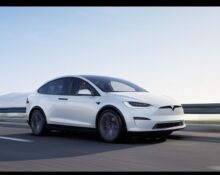

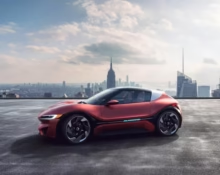

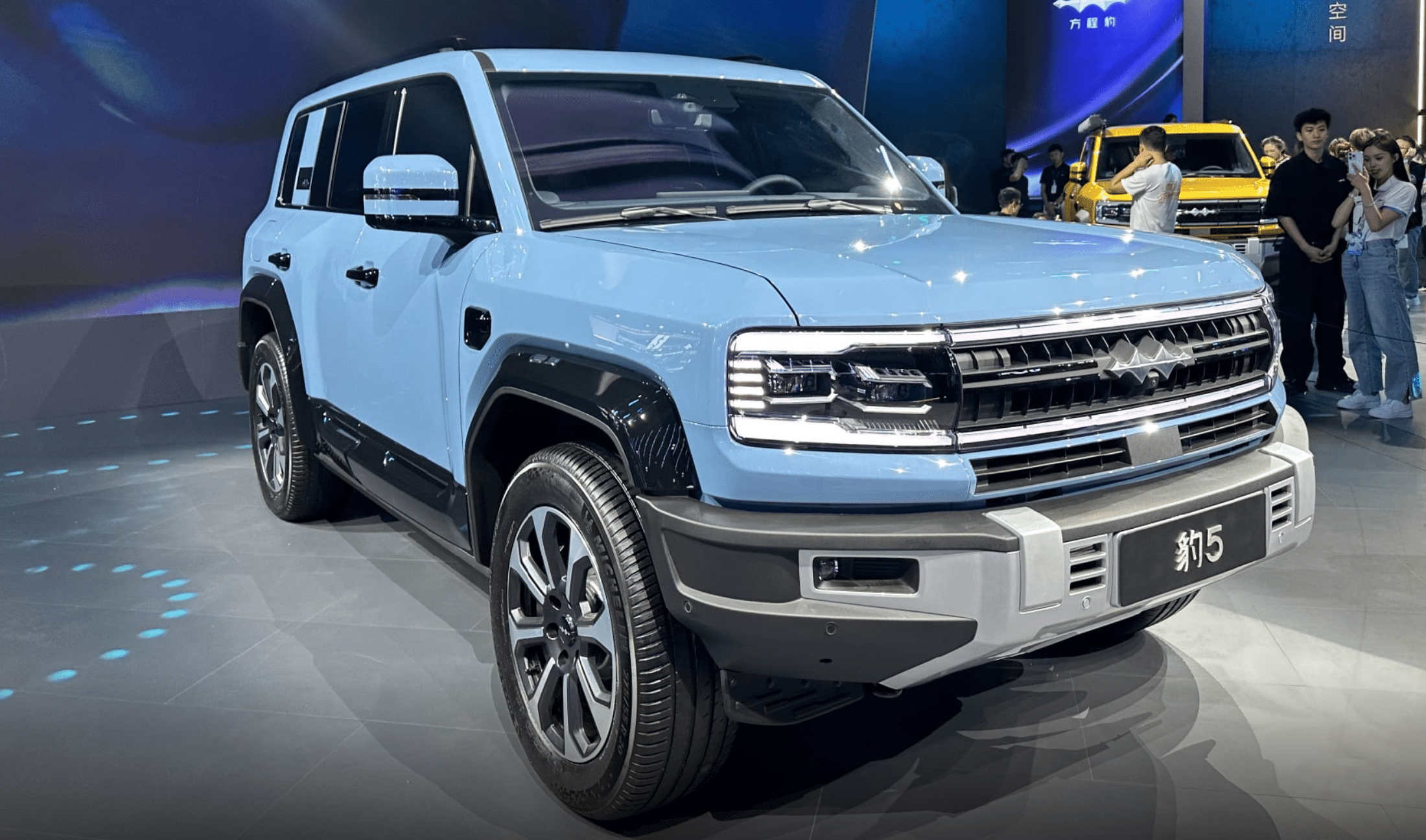


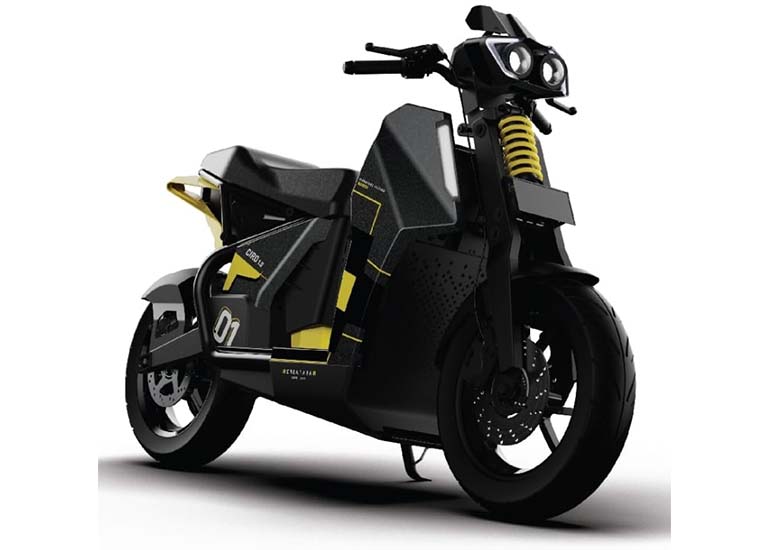


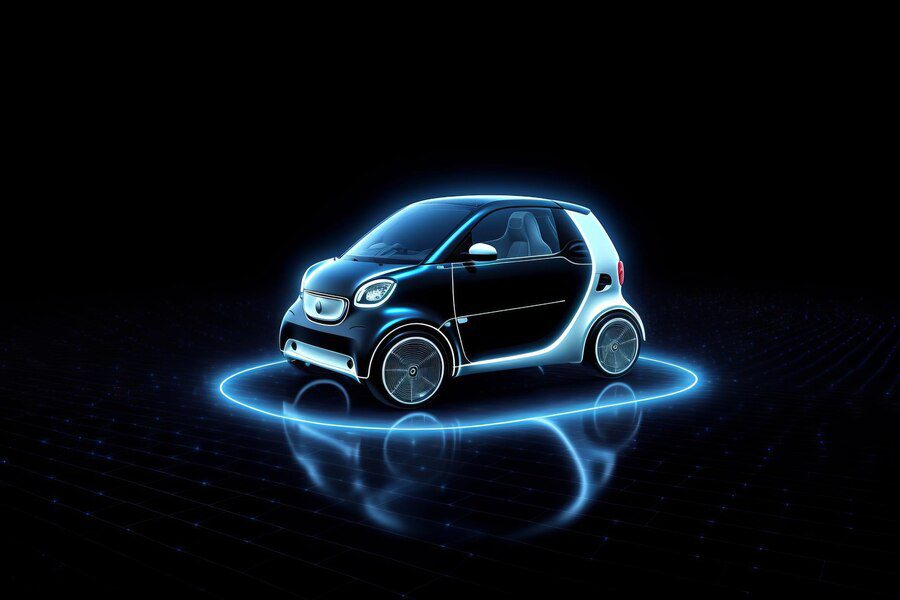
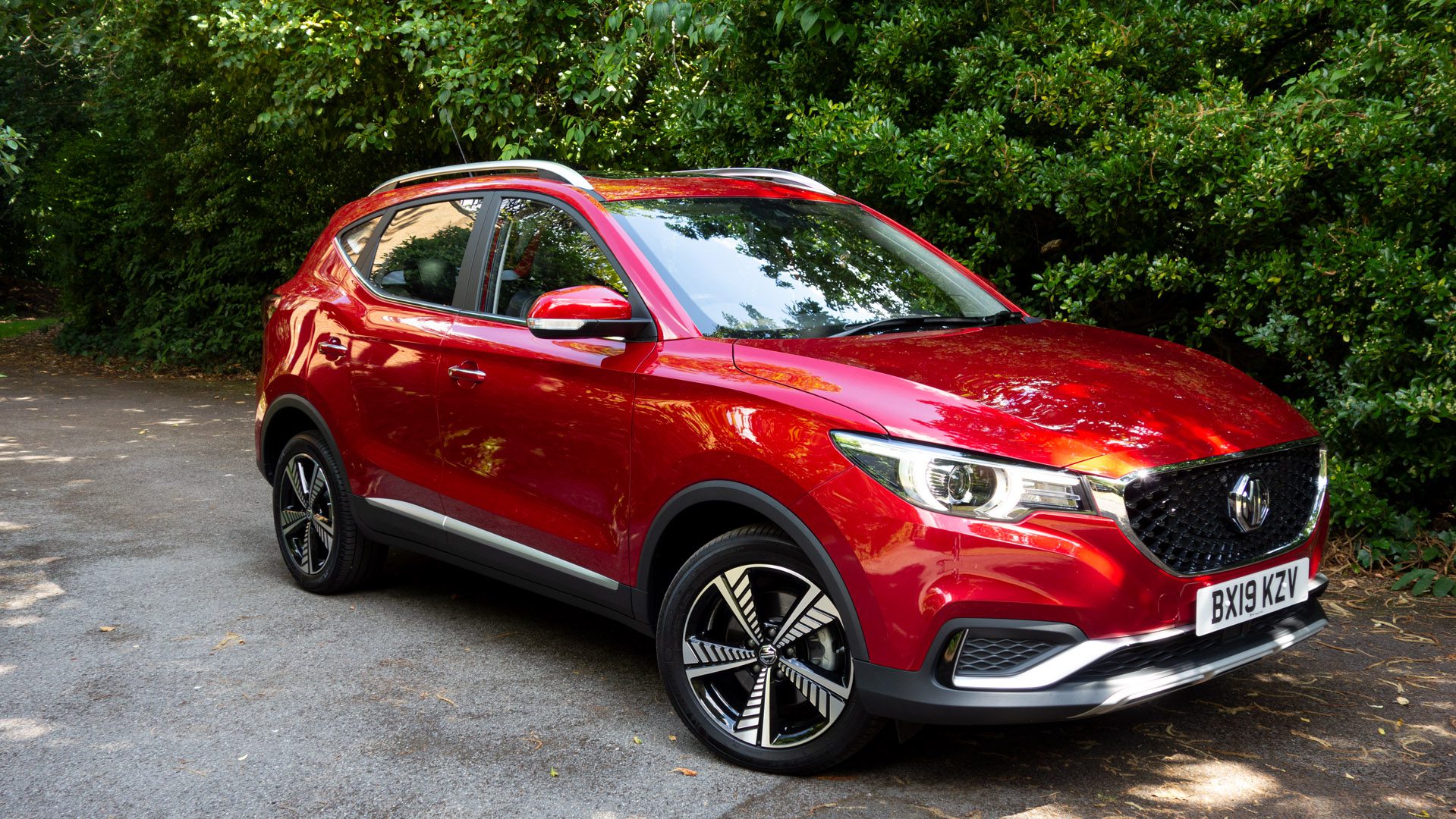



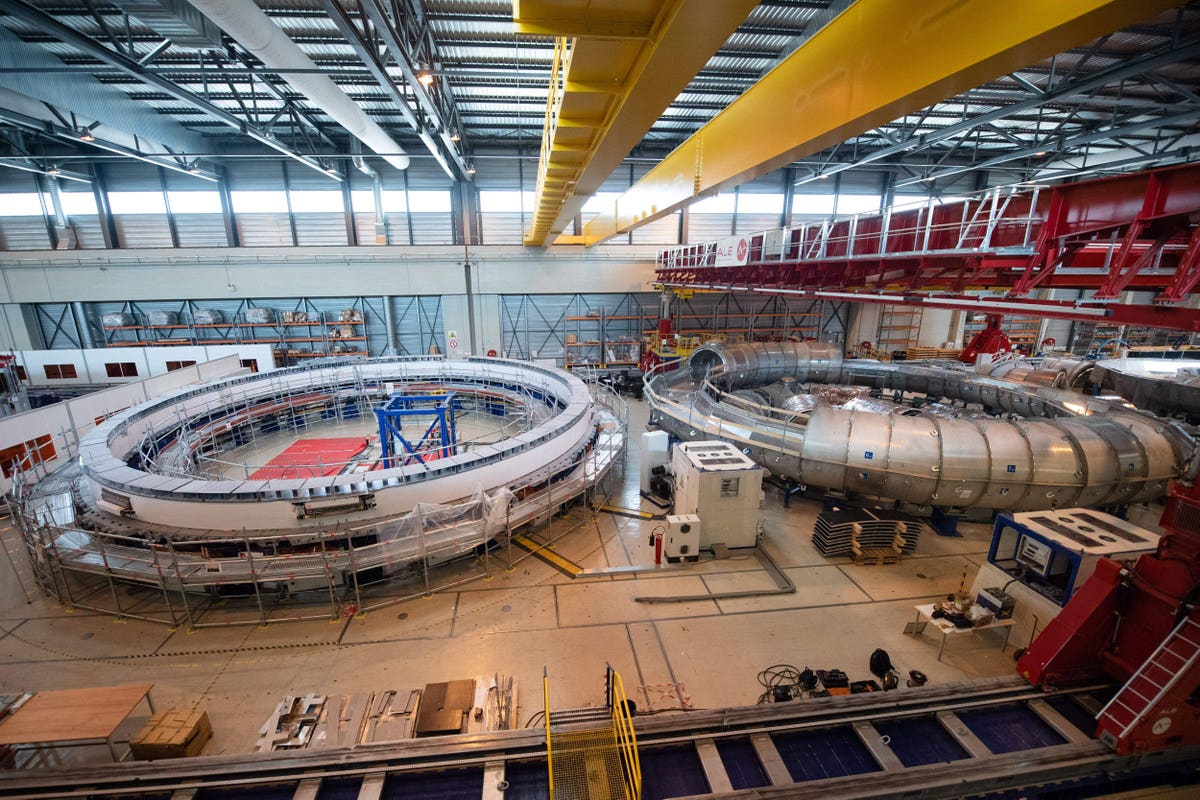


Leave feedback about this